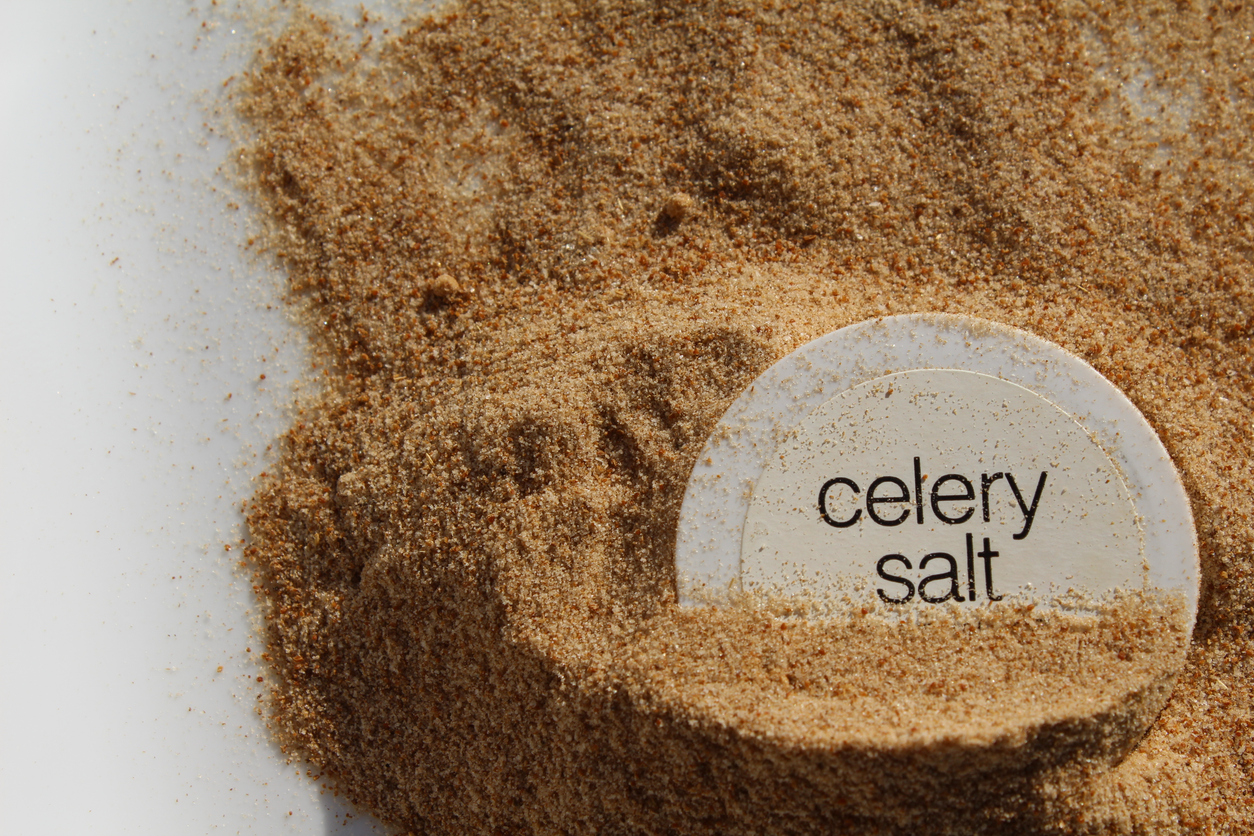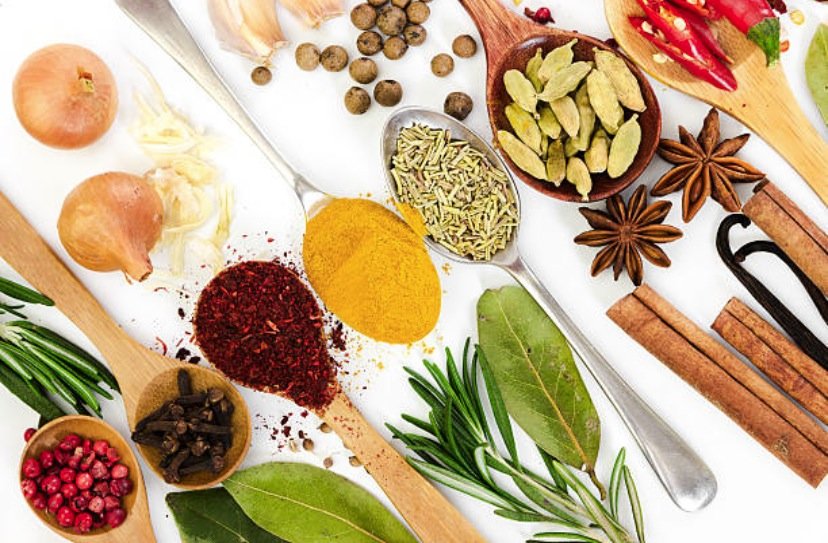We are always told to watch our salt intake and not to overdo it, especially in cases of high blood pressure. But having always consumed it, we have the impression that without it, food is tasteless when that is not the case. We just no longer know how to appreciate other flavors because of this bad habit which is harmful to our health. A good alternative for seasoning dishes is celery salt. In fact, it contains a more adequate dose of sodium and is not harmful to the body. It is therefore perfect for seasoning and flavoring all your culinary preparations, from potatoes to meat and vegetables (beans, carrots, cabbage, etc.). In short, it allows you to replace salt in a very effective and healthy way. Here is the recipe for celery salt and tips for consuming less salt without sacrificing your pleasure in cooking!
Celery salt ingredients:
(to get a cup of celery salt)
- A stalk of celery
- Electric coffee grinder
- Oven with ventilation (if you have one, a dehydrator will be ideal)
How to make celery salt? The steps of the recipe:
1) Set the leaves aside and keep the stems. (The leaves are not lost, you can add them to a dish, a green smoothie or a soup!)
2) Cut the stems of your celery very finely. This step is even more important if you are using an oven for this recipe.
3) Place these pieces on a baking tray towards the oven, halfway up. Opt for the lowest temperature, making sure the ventilation is working and leaving the oven door slightly ajar.
4) After several hours, you will notice that the celery has become very dry. You can then reduce it to powder and put it in an airtight jar. This ingredient will be perfect to enhance all your dishes and give them flavor!

Why should we consume less salt?
Salt is everywhere in our industrial diet rich in processed foods. Result : we quickly exceed the 5 g recommended by the World Health Organization (WHO). However, this can have harmful effects on health. Indeed, excess salt can lead to increased blood pressurewhich is a major risk factor for cardiovascular disease, including heart attacks and strokes. High salt intake can also damage the kidneys and lead to kidney problems and fluid retention. This then causes swelling and an overload of work for the heart.
Additionally, a diet high in salt is often associated with an unbalanced diet low in essential nutrients and fiber. This can cause weight gain and metabolic disorders like diabetes. Reducing salt intake can also help prevent osteoporosis, because excess sodium can lead to loss of bone calcium.
Celery salt can help you by adding flavor to the dish without blowing up the sodium counters. However, there are other tips for consuming less sodium!
In addition to celery salt, here are other tips for consuming less salt without making dishes fade!

Add color to dishes
You can adopt several strategies to reduce your salt intake while maintaining the pleasure of eating and the flavor of meals. For example, start with use fresh and dried herbs or spices. Basil, thyme, rosemary, coriander and parsley can add a richness of flavor without the need for salt as can black pepper, cumin, paprika, turmeric and ginger which can enrich dishes and offset the absence of salt.
It is also possible toincorporate citrus fruits (juice and zest of lemon or lime) and vinegars (balsamic vinegar, cider vinegar, etc.) to add a touch of acidity, add depth to dishes and enhance flavors. More simply, there are also salt substitutes like potassium saltan alternative often used for those who must limit their sodium intake or salt-free aromatics that mix herbs and spices.
Cook at home to the fullest
Do not hesitate to cook more fresh food. Using seasonal vegetables provides natural flavor and avoids canned versions that are often high in sodium. And for meat and fish, also prefer unprocessed versions which do not contain added salt and fresh quality products.
And above all, cook as much as possible at home. This in fact allows control the amount of salt added unlike prepared foods and restaurants. You can also adapt recipes to reduce salt and increase other flavors. Cooking at home also allows you toemploy cooking techniques that enhance flavor. This is the case with grilling and roasting (which can intensify the natural flavors of foods) or caramelization. Caramelizing the vegetables will indeed add a natural touch of sweetness which can compensate for the absence of salt.
And if you don’t have time to cook…
At least be sure to read labels carefully to choose products with less sodium and look for low-sodium versions of common products like soups, sauces and condiments.


